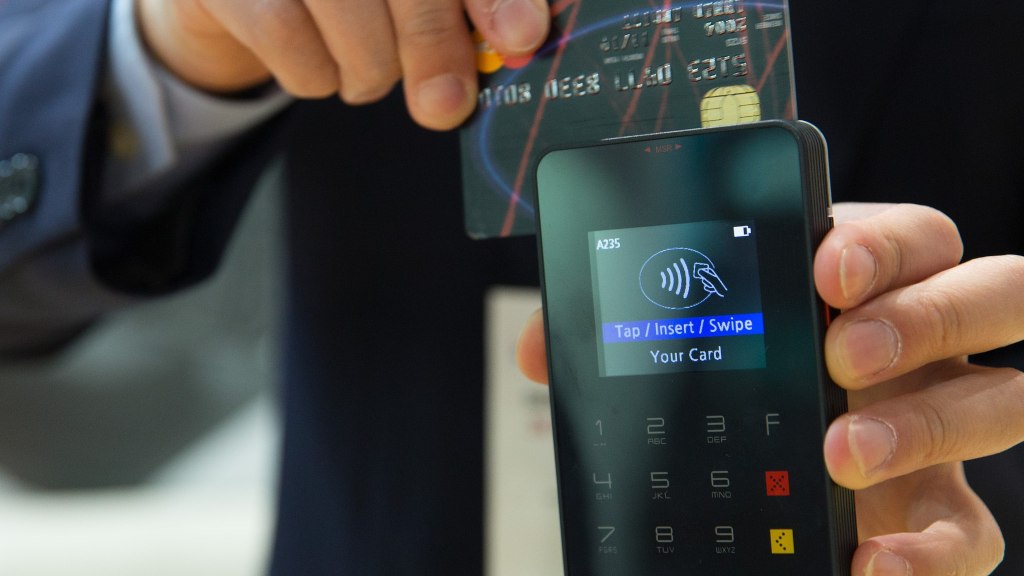
Online sales work in Spain. According to a United Nations report, we are in the top 10 of the world ranking. According to a study by the INE, 26.9% of companies with 10 or more employees made sales in electronic commerce in 2020.
While the rise in online sales helped many businesses survive the pandemic, the increased number of online transactions has brought with it more opportunities for e-commerce fraud, including chargeback fraud.
In this sense, it is estimated that 86% of the total of chargebacks could be cases of friendly fraud, intentional or not. And according to the Chargeback Field Report, the majority of merchants surveyed saw a significant increase in chargeback fraud throughout 2021, with 9 out of 10 saying it was a major concern for their business.
With this in mind, Truelayer defines what is meant by chargeback fraud, what it involves and, ultimately, what is the best way to prevent it.
What is chargeback fraud?
Chargebacks began as a way to provide additional protection to debit and credit card users by allowing them to get their money back in the event of problems with the merchant or the checkout process, such as not being able to receive a refund or estimating that the charge is incorrect.
A chargeback is essentially cancellation of a credit or debit card payment. While in regular refunds it is the customer who requests the money back from the merchant, in chargebacks, it is the customer’s bank or card issuer who recovers the funds through a reversal on behalf of the customer.
A customer can raise a chargeback dispute with their bank for the following reasons:
- You are not satisfied with the items you have paid for and want your money back
- He does not recognize the charge on his card statement and believes that he did not make the payment
- You were expecting a refund that you have not yet received in your account
- There was an error in the sale, for example, the customer was charged twice for the same order, was charged the wrong amount, or was charged for a subscription plan after it was canceled
- The seller is no longer in business, so it is impossible to request a refund
These are all legitimate reasons for chargebacks, but a customer can also make a false chargeback claim, which is considered chargeback fraud. For example, a clear case of chargeback fraud is where a customer claims not to recognize a payment on their card statement and requests a chargeback from their bank, even though they actually know they did. buys.
Typically, the bank sides with the customer during a chargeback request, refunding the chargeback and processing a chargeback dispute with the merchant. This essentially means that the merchant indirectly reimburses the customer and will have to pay chargeback fees ranging from 10 to 25 euros.
Is chargeback fraud the same as friendly fraud?
Chargebacks are sometimes called ‘friendly fraud’. This is because the fraudster is at the same time a real customer, using their own card details.
Friendly fraud is often a deliberate attempt to defraud the merchant, similar to online theft. However, friendly fraud can also include erroneous chargeback requests, where a customer simply doesn’t recognize the legitimate payment on their bank statement and decides to contact their bank to dispute it. It can also include ‘family fraud’, where a child or partner makes a transaction on a relative’s card and is challenged by the relative.
How to prevent chargeback fraud from the start
There are several precautionary steps a company can take to help minimize the risk of chargeback fraud affecting their business:
- Send confirmation emails for all orders – This makes it harder for fraudsters to “forget” they’ve made a payment to the business, and legitimate customers are more likely to recognize it on their statement.
- Require a signature upon delivery: This serves as proof of delivery, making it more difficult for customers to claim they never received their order.
- Use alternative payment methods: Chargeback fraud can be reduced by using alternative payment methods to credit and debit cards. Open banking does not have a chargeback mechanism, but rather its own consumer protections designed to keep both customers and businesses safe.



